From time to time, Archway Publishing turns over its blog to its authors, giving them the opportunity to share stories and perspectives about their individual self-publishing journeys. The following are the words of Pam Saxelby, author of “Max and Bear,” who shares her self-publishing journey from idea to publication. For more about Pam and her book, visit her website at maxandbear@squarespace.com or on Facebook. Download the Archway Publishing free publishing guide for more information on our supported self-publishing services.
On Becoming Max and Bear …
When I was asked to write this guest blog, I thought, “What do I want to say?” I mulled over a few ideas… threw some out, and tried some on for size. Why did I write a book? What did I write about? Why did I write about that? I am writing this, as I sit on a plane bound for Phoenix, to see a family member who is quite ill. Maybe that seems like a weird addition to this blog post, but it is a huge definer in why I chose to write a book, and do it my way. Life’s just too short not to.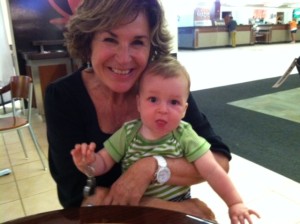
I spent my professional life reading lots and lots of great kids books. Books for all the ages I taught, middle school, elementary school, and most recently, preschool. When I went back to preschool, I fell in love with children’s picture books! They are smart, engaging, and fun. As each school year approached, I was giddy with excitement. What new books would I find? What author would I discover and fall in love with?
As I read my new finds, and delighted in the kids’ reactions to these stories, I began to think… Hey! I want to write my own story, my own book, and see if I can get kids to delight in the story I choose to tell. So, I did. I tried figuring out what to write about for five or so years. I would start a story, work on it, and realize I didn’t know where it was going.
I read some books on how to write, thinking that would help. I got some good ideas, but the bottom line is, you just have to keep at it. About two years ago, I got the c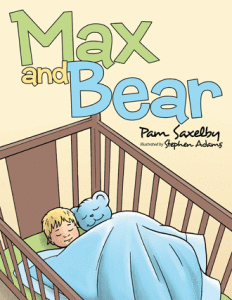 hance to go on a trip with my daughter, and her son, Max. This was the catalyst… On our trip, I witnessed how Max interacted with his special Angel Dear Blankie… fondly referred to as “Da-Da Bear.” I don’t think Max could have survived the trip without Bear… and VOILA! A story idea was hatched.
hance to go on a trip with my daughter, and her son, Max. This was the catalyst… On our trip, I witnessed how Max interacted with his special Angel Dear Blankie… fondly referred to as “Da-Da Bear.” I don’t think Max could have survived the trip without Bear… and VOILA! A story idea was hatched.
Max and Bear; the age-old idea of kids and what they love. I had it! I took the idea, planted myself at my local Starbucks, kept buying coffee so they wouldn’t kick me out, and did it. I wrote the first draft in a day. I kept working on the story, and began to research self-publishers. Why? I wanted my book printed.
With the help of Archway, who assisted me every step of the way, from design through the finished product, I did it! Max and Bear is a reality. Recently I read Max and Bear to a group of 30 young children. As I finished the story and closed the book, the kids looked up at me and said, “We like that story!” There you have it. Mission accomplished…
Archway Publishing is always looking for content for its blog. If you’re an Archway Publishing author and would like to share an idea for a guest blog post, please tweet the Archway Publishing Twitter account @ArchwayPub and Like the Archway Publishing Facebook page.

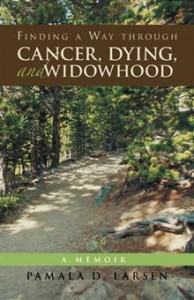


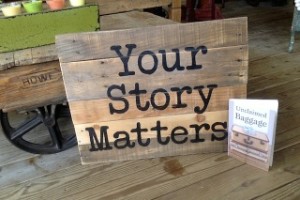
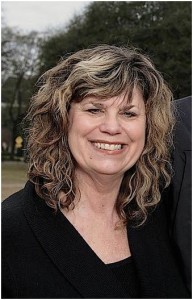
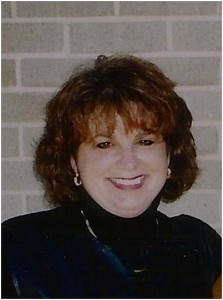
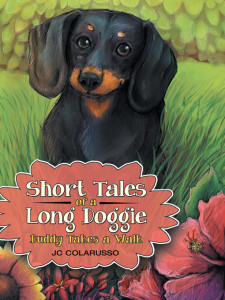
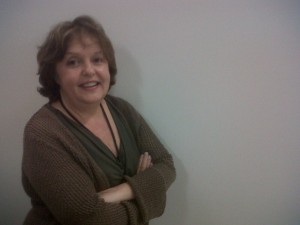
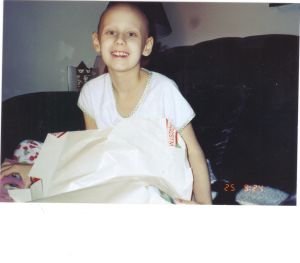
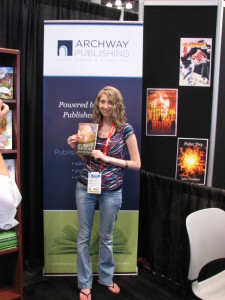


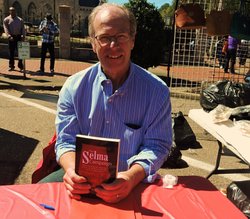

 ttention to the plot of your novel, or focus of your non-fiction work. You’ve edited, re-edited or enlisted the help of a professional editor to ensure that the text flow. But before you hit submit, it’s important that you review some of the less prominent, but equally important parts of your work.
ttention to the plot of your novel, or focus of your non-fiction work. You’ve edited, re-edited or enlisted the help of a professional editor to ensure that the text flow. But before you hit submit, it’s important that you review some of the less prominent, but equally important parts of your work.